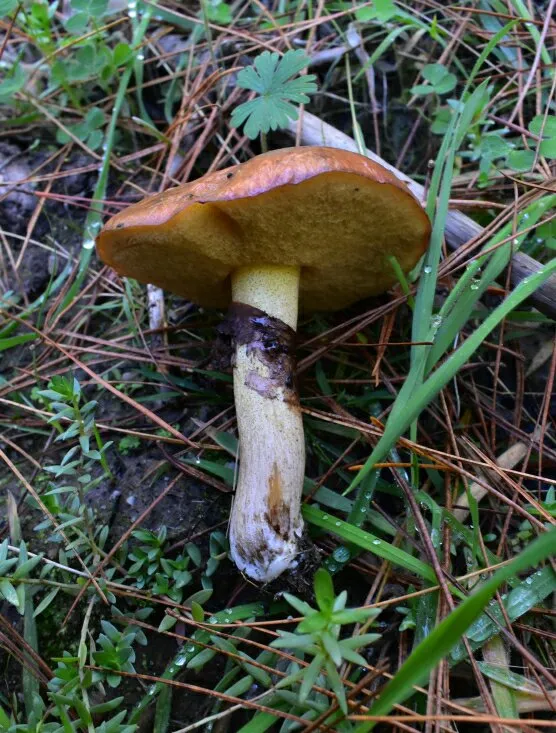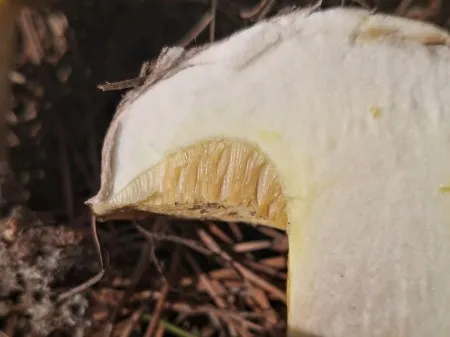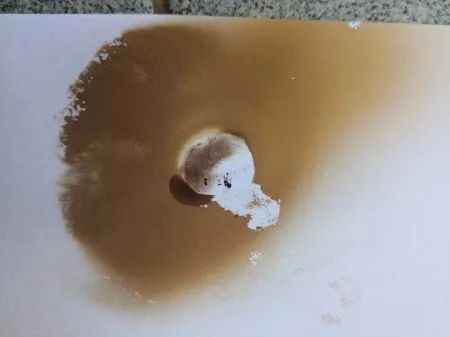Hi everybody! Here's the tenth in this early season ID guide for South Australian edible mushrooms. This one is about that easy to find, easy to identify Slippery Jack.
Slippery Jacks (Suillus luteus)

Phylum: Basidiomycota. Class: Agaricomycetes. Order: Boletales. Family: Suillaceae
Slippery Jacks (Suillus luteus) are one of the easier mushrooms in our local Pine forests to identify. They can be found mostly around the edge of the forest where they are usually found in association with Saffron Milk Caps (Lactarius deliciosus). If you get out early enough, you will see bumps in the forest floor, pushing up the Pine needles. These will probably be Slippery Jacks.

Slipperies are in the Bolete family and can be found with a related mushroom called a ‘Weeping Bolete‘ (Suillus granulatus). You can tell them apart on close inspection, Slipperies have an annulus or ring around their stem, Weeping Boletes don’t. Weeping Boletes have a granular texture on mature stems but on a Slippery, the stem is smooth. Some folks say that the cap of a Weeping Bolete isn’t as slippery as a Slippery Jack’s but that’s not a good guide, especially on a cold wet Winter’s morning when everything’s wet.
Boletes have a feature that is distinct from other fungi. Instead of gills under the cap, they have a spongy material from which they produce their spores.


Slippery Jacks need to have the outer layer of the cap to be removed before cooking. Fortunately, this is easy to do as it comes away quite easily. Removing this and the spongy layer beneath the cap improves the taste of cooked Slipperies too but lots of folks don’t do this because because only a little mushroom meat is left after processing.
This is a species that tasted great when dried and powdered. If you’re drying them, you don’t need to remove anything, just slice thinly and dry by your favourite method.
Identifying Slippery Jacks – a summary:
If you’re under Pine trees and find something that you think could be a Slippery Jack, look for these details –
- Brown to olive green cap from 5 cm to about 12 cm in diameter
- The cap has a sticky surface, often with pine needles and stuff adhering to it
- The outer layer of the cap is easily peeled off
- Yellow/creamy spongy pore material underneath the cap rather than gills
- Young specimens have a veil between cap and stem. This rips and remains on the stem as an annulus (sometimes it’s absent) as the mushroom matures and makes the base of the stem look brownish purple.
- Thick, smooth stem. Stem is solid in cross section.
- Spore print – yellow/brown









